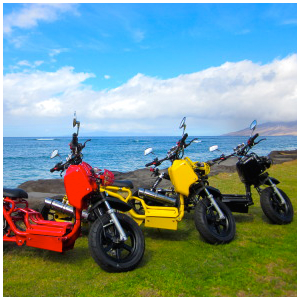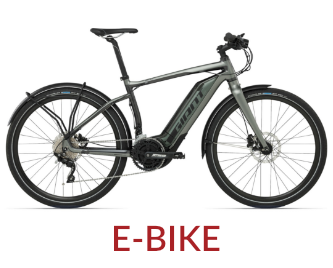Last-mile issue and micromobility
The last-mile issue is a public transportation predicament concerning the trouble of moving travelers from private homes to mass-travel focuses for example rent a scooter in sarasota transport stops, train stations, etc. This spatial shortcoming powers travelers to utilize personal transportation (for example vehicles, cruisers, and so on) to drive the brief distance between transportation center points and their homes. The last-mile issue lessens the planned advantages of public transportation: diminished fossil fuel byproducts, decreased gridlock, and expanded comfort. Miniature portability choices, answer the last-mile issue and are described as light-weight, mutual, and intended for brief distance travel. Scooter-sharing frameworks are one of the most intensely taken on micromobility administrations. The simplicity of availability and natural convenience of scooter-sharing frameworks will build the reception of public transportation and lessen the utilization of personal vehicles. Residents might cause elective input advantages, for example, expanded admittance to open positions, decreased gridlock, and diminished air and clamor contamination.
Traffic

Gridlock is intensified by the expanded use of personal-vehicle transportation as a method for defeating the last-mile issue. 46% of all vehicle clog in the United States can be ascribed to drivers making trips inside a three-mile span, and north of 60% of vehicle trips fell inside the miniature portability range, 0–5 miles. E-Scooters give a method for undermining clog and result in higher velocities than the 9 miles each hour normal of auto traffic inside many major metropolitan center points. At the singular level, the decrease of drive time is related to an expansion in financial portability and headway. In the United States alone, an expected 87 billion dollars were lost to time spent holding up in rush hour gridlock. Micromobility Investor Oliver Bruce has stated that 4 trillion miles of auto travel universally can practically be supplanted with scooter-sharing and other miniature versatility choices. As more drivers change towards the reception of scooter-sharing frameworks, personal-vehicle traffic is diminished.
Manageability
E-scooters are controlled by power and accordingly have zero direct fossil fuel byproducts. The decreased carbon sway between personal autos and e-scooters has been a focal inhabitant in the incentives of market-pioneers Bird and Lime. E-scooters are more energy-effective than elective electric vehicle choices; a scooter can travel twenty-times farther than an electric auto while devouring equivalent amounts of energy. The ridership of e-scooters yields an impartial essential carbon impression, yet the creation, dispersion, and charging of e-scooters make a huge optional carbon impression. In contrast with personal autos and dockless e-bicycles, dockless e-scooters have a more modest total carbon impression. Transports, bikes, and personal electric bipedal vehicles keep up with more modest carbon impressions than dockless e-scooters. Industry pioneers in the e-scooter area have devoted innovative work endeavors towards diminishing the auxiliary carbon impression.
Electric chargers
The scooter-sharing framework presented charging occupations that remunerate individuals to find and charge scooters. The bird can support laborers after getting personal, tax, and financial balance data. The cycle doesn’t need a historical verification and draws in understudies and youthful experts who need an adaptable method for bringing in additional cash. Organizations significantly offer extra rewards for absent or difficult to come by scooters; nonetheless, the motivating forces have blown up because a few chargers purposefully conceal the gadget to procure the additional money. Income relies upon the gadget’s charge and area, yet frequently ranges from 5 dollars to 20 dollars. Commonly, scooters need half of a kilowatt-hour of power which costs around 5 pennies.



